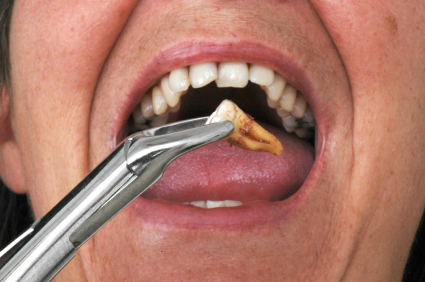Extractions
Dental extractions are procedures where a tooth is removed from its socket in the jaw. This may be necessary for various reasons, such as severe decay, infection, overcrowding, or damage beyond repair. Here’s what you can expect during the extraction process:
Consultation and Diagnosis: The dentist will assess your oral health and take X-rays to determine the extent of the issue and decide if extraction is necessary.
Anesthesia: Local anesthesia is administered to numb the area around the tooth, ensuring a pain-free experience. In some cases, sedation may be offered for added comfort.
Tooth Removal: The dentist gently loosens the tooth from the socket using specialized tools. In cases of difficult extractions, such as impacted teeth, the tooth may be removed in pieces.
Aftercare and Healing: Post-extraction care instructions are given to ensure proper healing, including recommendations for pain management, swelling reduction, and avoiding certain foods or activities.
Benefits of Extractions
Extractions are often followed by options like dental implants, bridges, or dentures to replace the missing tooth and restore function and appearance. While extractions may sound daunting, modern techniques and anesthesia make the procedure relatively comfortable, and it can often prevent more serious dental issues in the future.
- Prevents Further Dental Issues
- Relieves Pain
- Reduces the Ris of Gum Disease
- Prevents Mouth Movement



